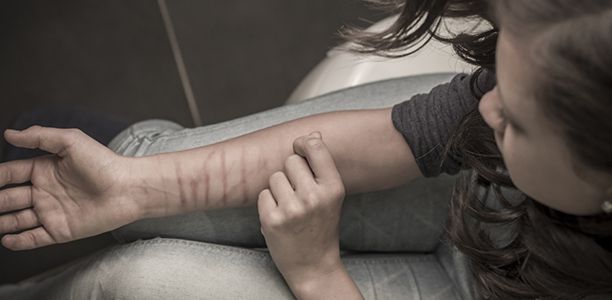headspace says early identification and intervention is key to reducing self-harm and suicidal behaviour in young people.
In its submission to the national review into the topic, headspace makes a number of recommendations that aim to increase timely access to services, address barriers to seeking help and improve mental health literacy.
The headspace submission is in response to the call from the National Children’s Commissioner into how children and young people under 18 can be better protected from intentional self-harm and suicidal behaviour.
In summary, headspace recommends:
- The SAFEMinds program, launched earlier this week in partnership with the Victorian Government, be adopted and implemented nationally. SAFEMinds trains teachers, parents and school staff to recognise the signs when a young person is dealing with mental health issues, and to know how to support them to access professional support.
- Continued support for youth-specific early intervention mental health services to ensure timely and appropriate support for young people displaying self-harm or suicidal behaviours.
- Public awareness campaigns aimed at improving mental health literacy and raising awareness of support services for young people experiencing emotional distress and mental health difficulties.
- Continued support for the national headspace School Support which provides suicide postvention, prevention and early intervention support to school communities.
headspace CEO, Chris Tanti, said getting appropriate support before issues get out of hand can prevent problems from becoming more serious or long lasting.
“An increasing number of young people are accessing services like headspace for help. But too many aren’t getting the help they need – often because they haven’t identified they have problem or they just don’t know where to go.
“If we can give people the tools to identify issues in themselves or those around them, and then create an easy pathway to the right support, we’ll start to see better outcomes for young people,” Mr Tanti said.
headspace highlights that self-harm and suicidal behaviours need to be understood as ‘red flags’ of underlying emotional distress, rather than disorders or illnesses themselves.
“Any young person showing signs of psychological distress, through self-harm or other signs, should have easy access to appropriate, evidence based services.
“By tailoring services specifically to young people, we can start to address some of the barriers that can often prevent them from getting the help they need,” Mr Tanti said.
See the full submission from headspace
(Source: headspace)










